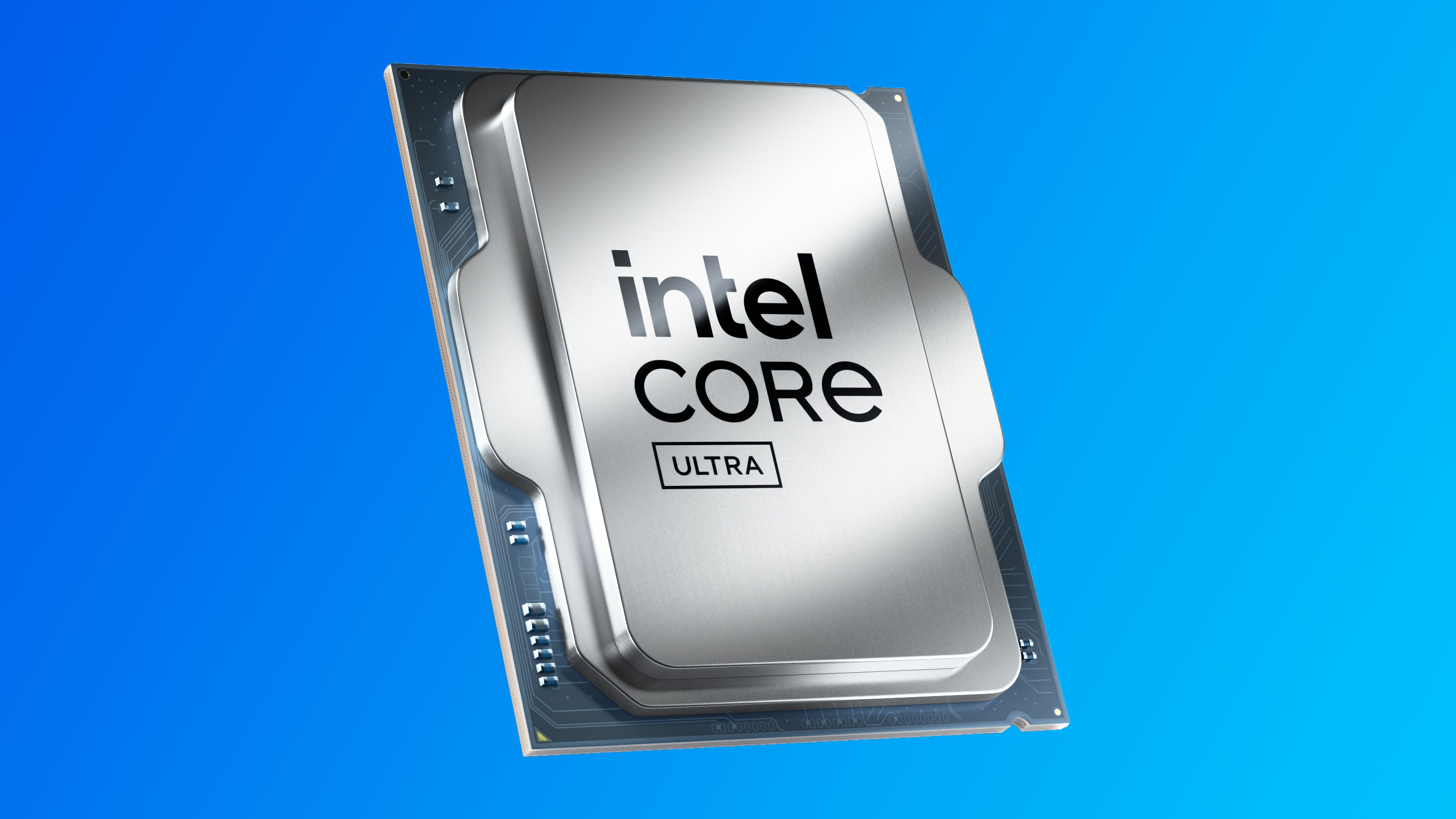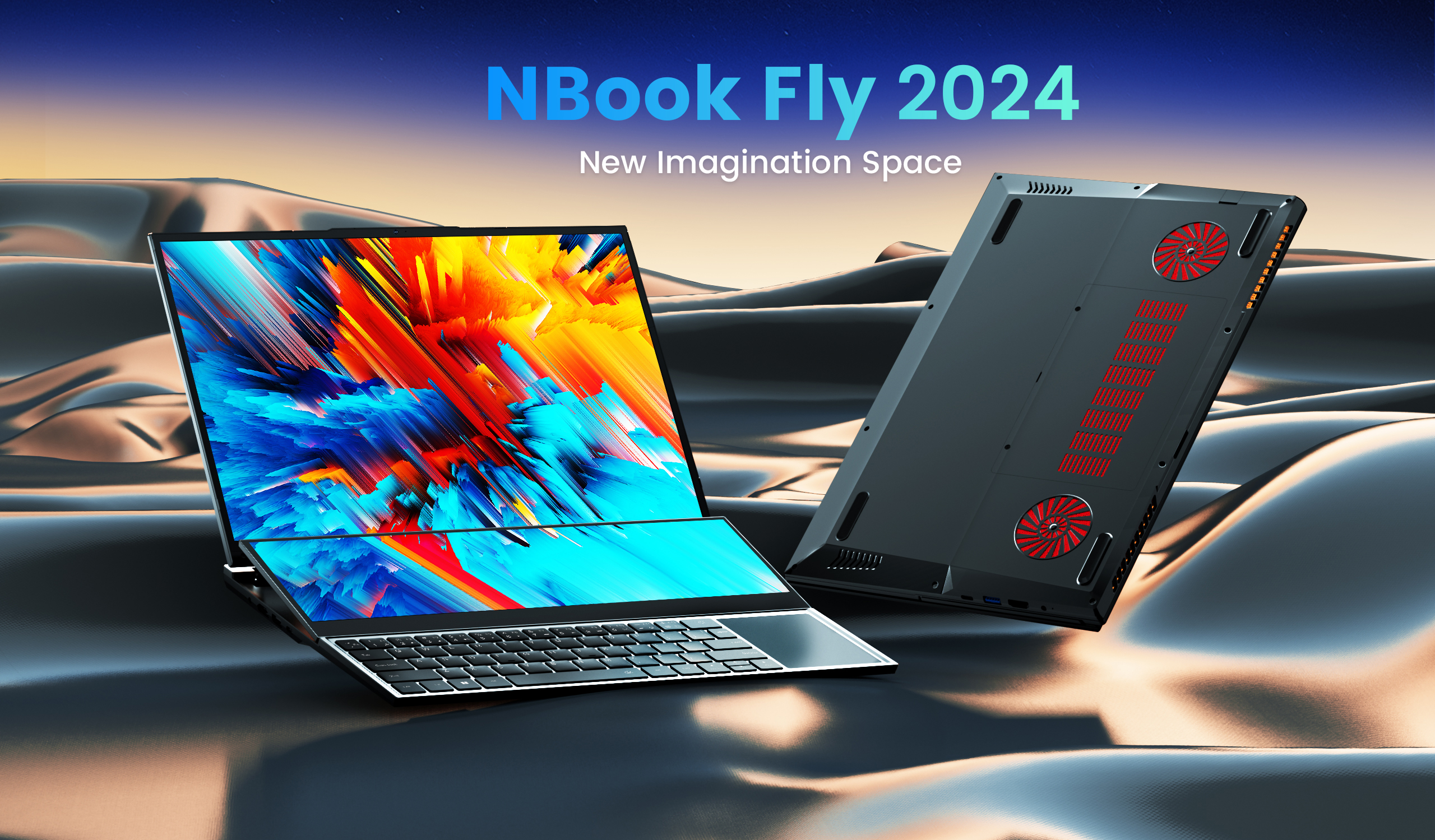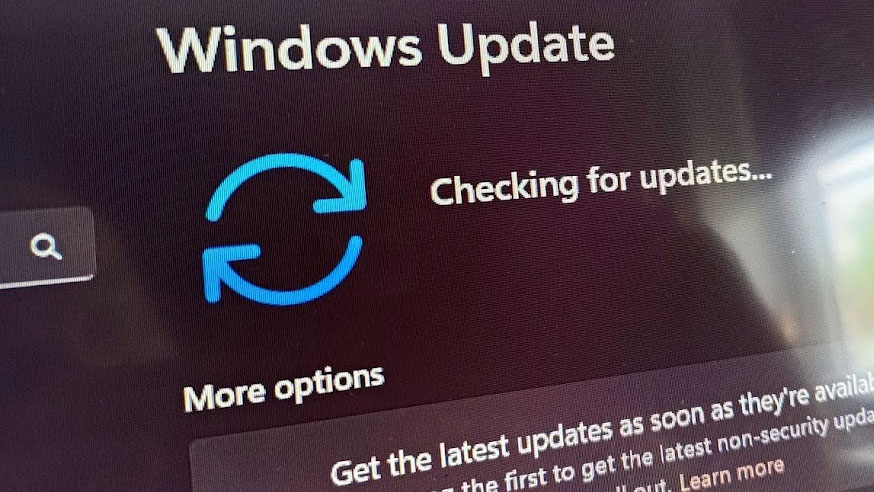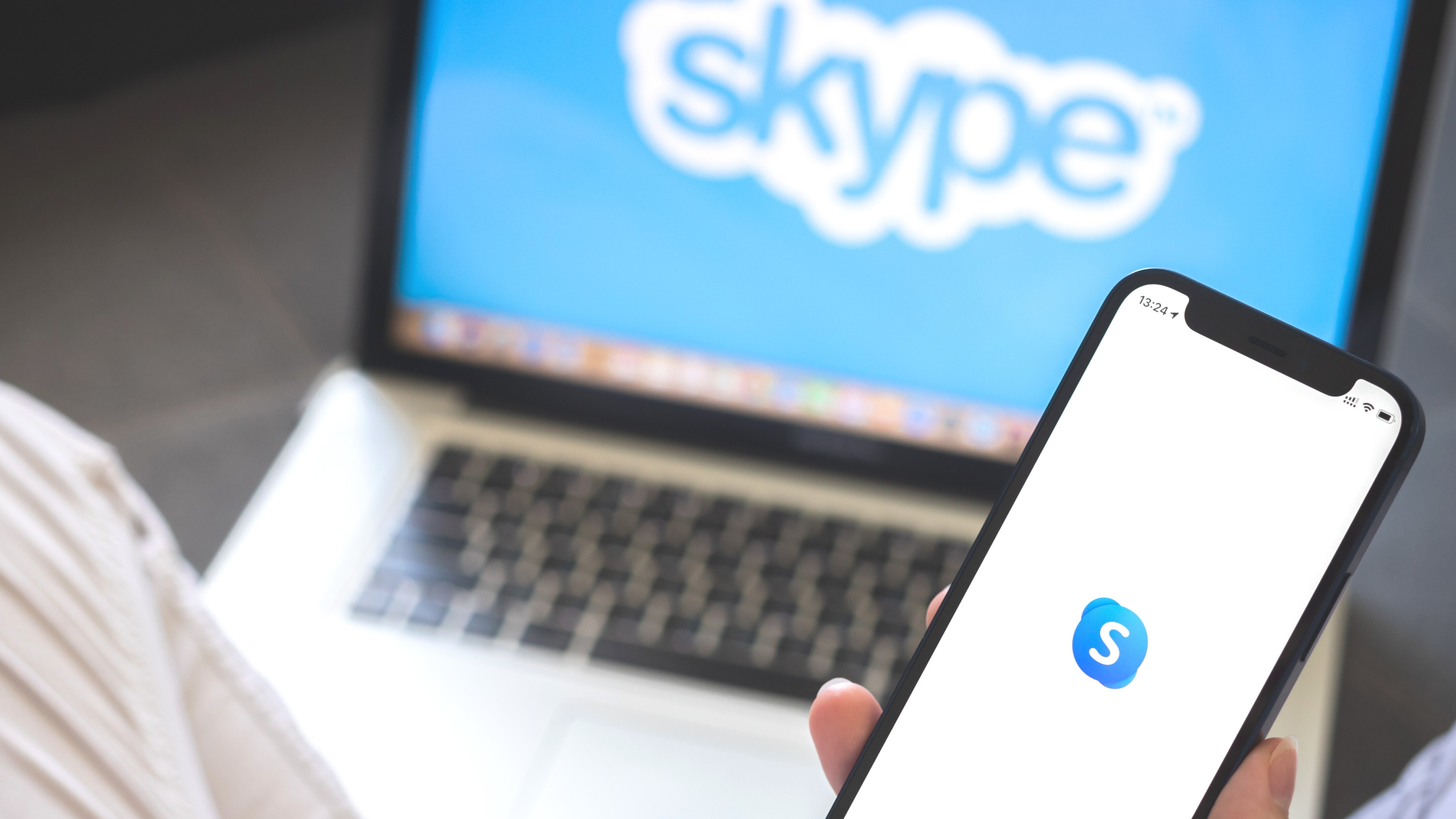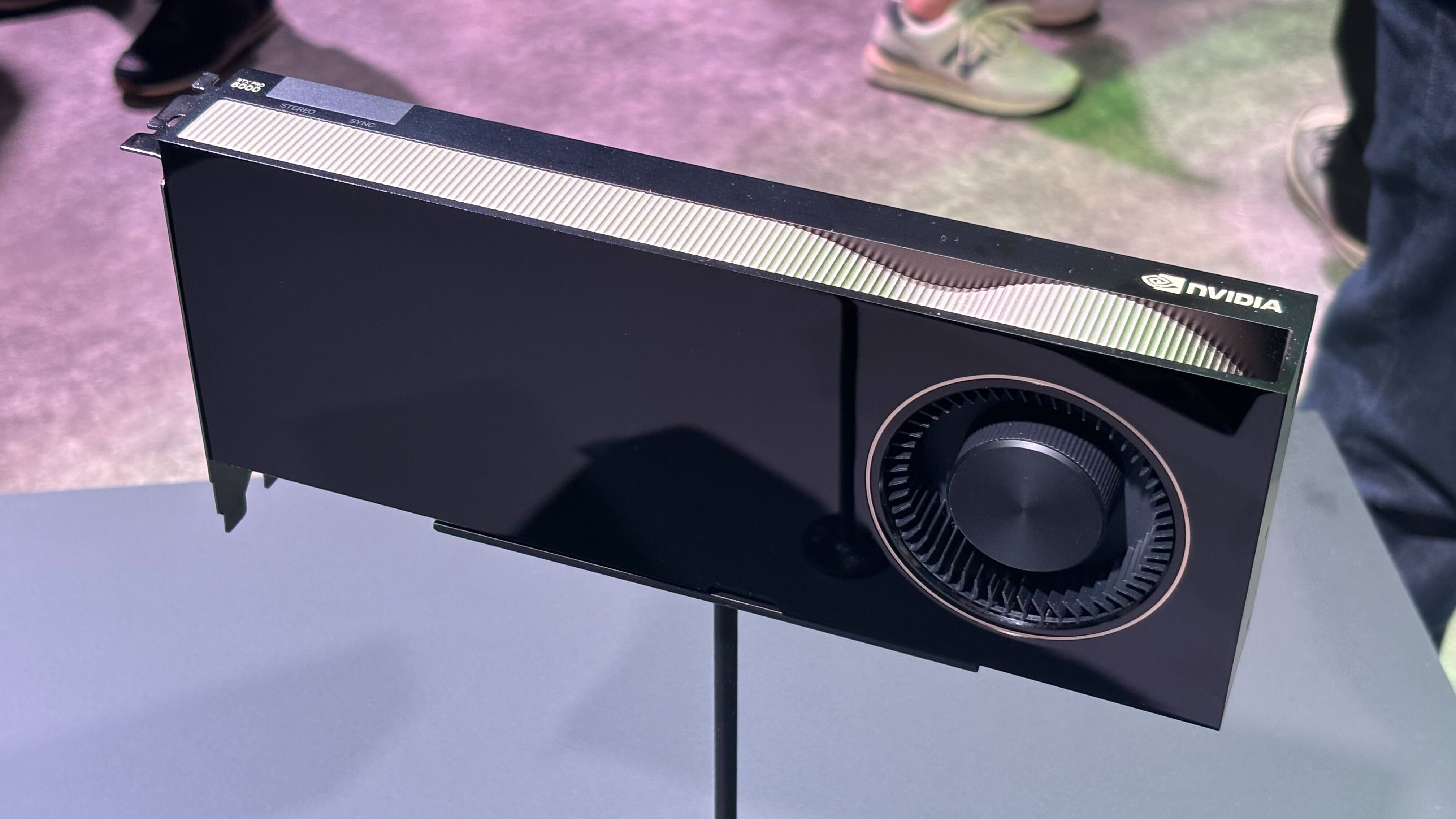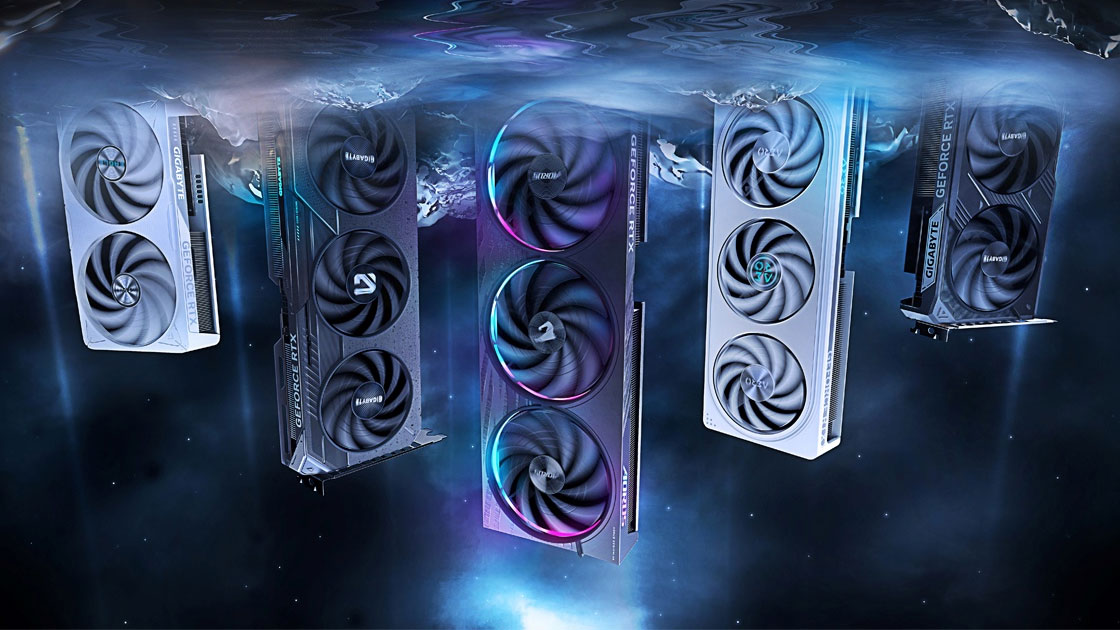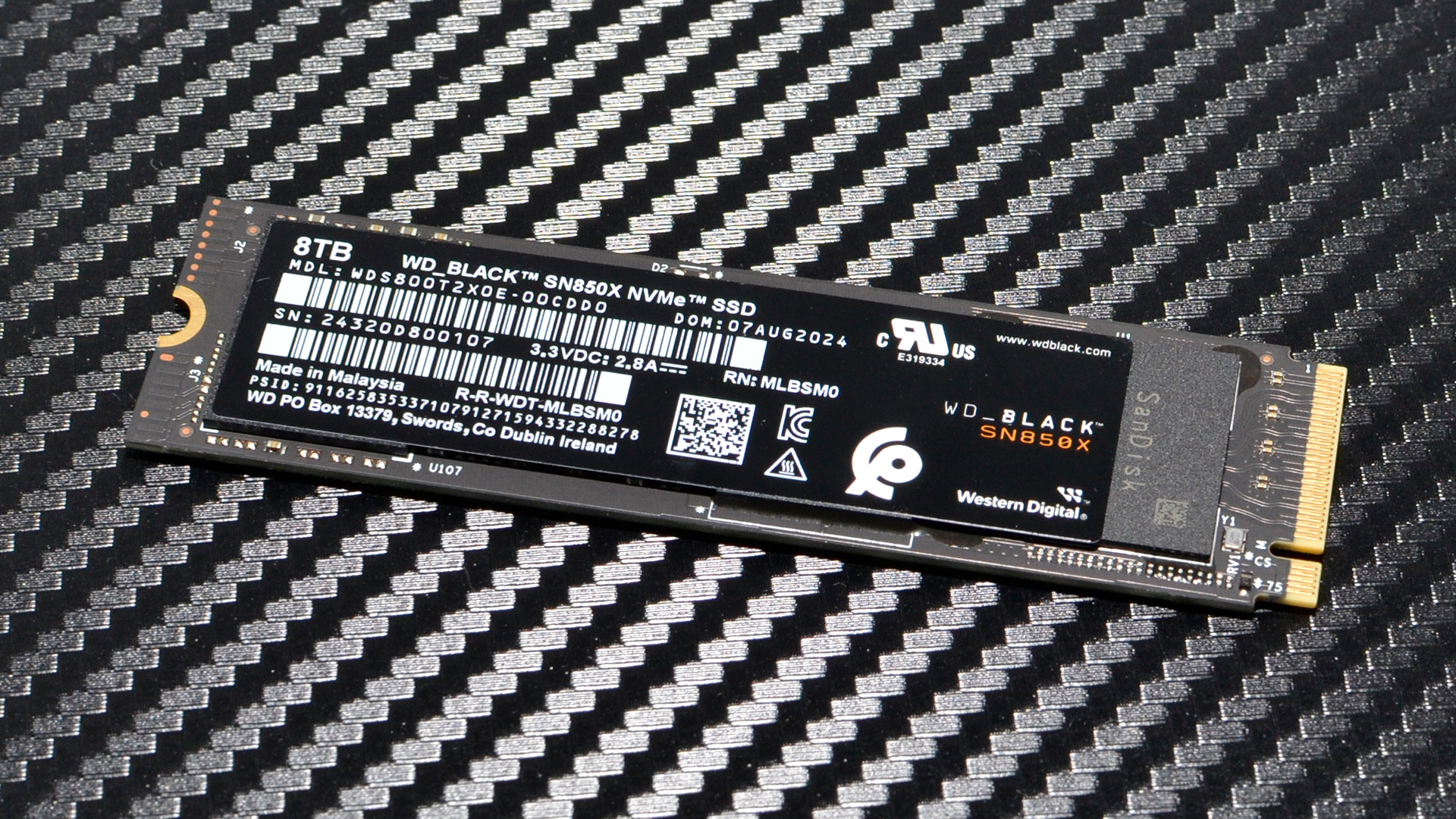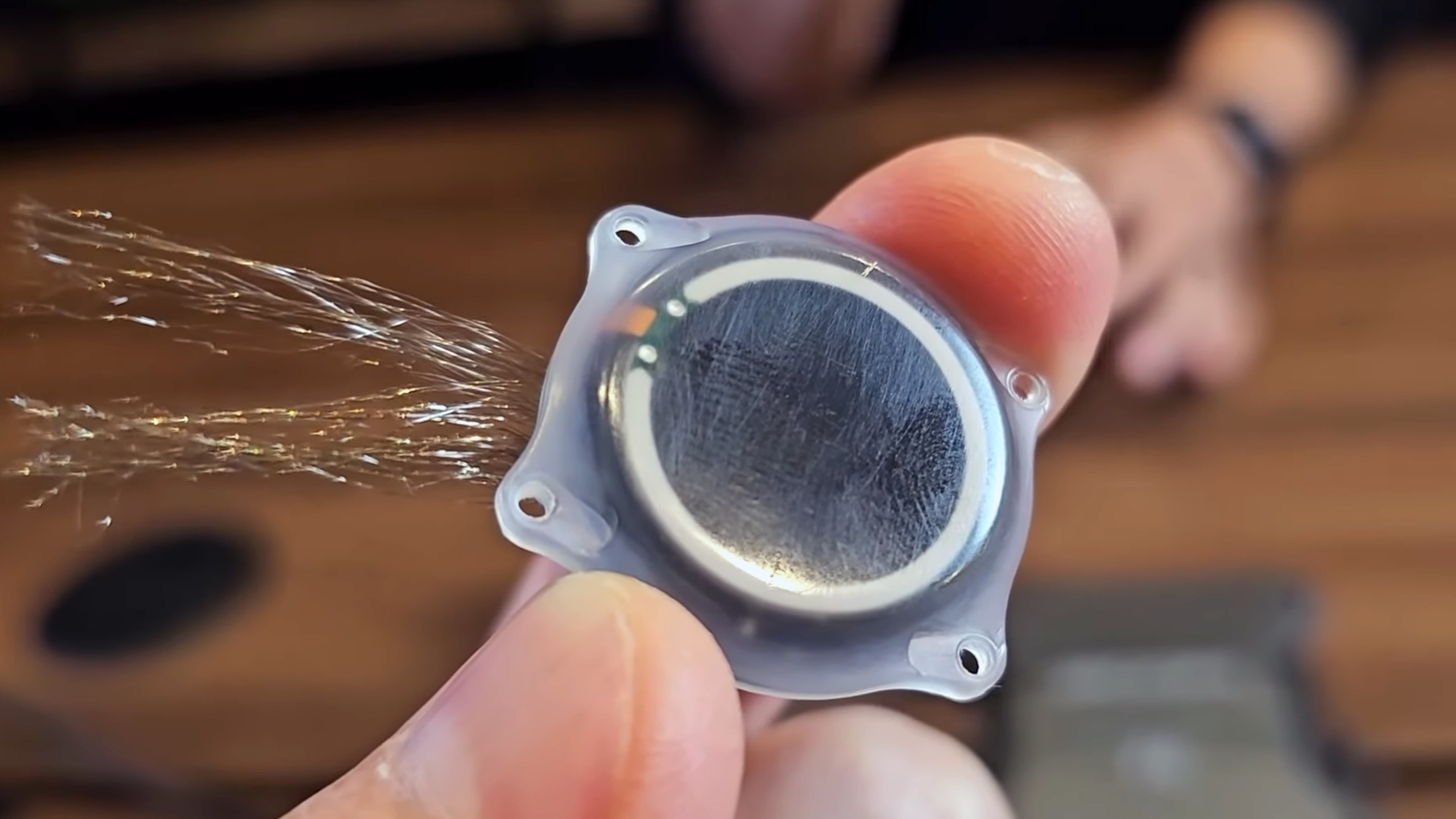More compact Arm variants of Microsoft Surface Pro and Laptop lines leaked
These smaller Snapdragon X powered devices are expected to become official on Tuesday.
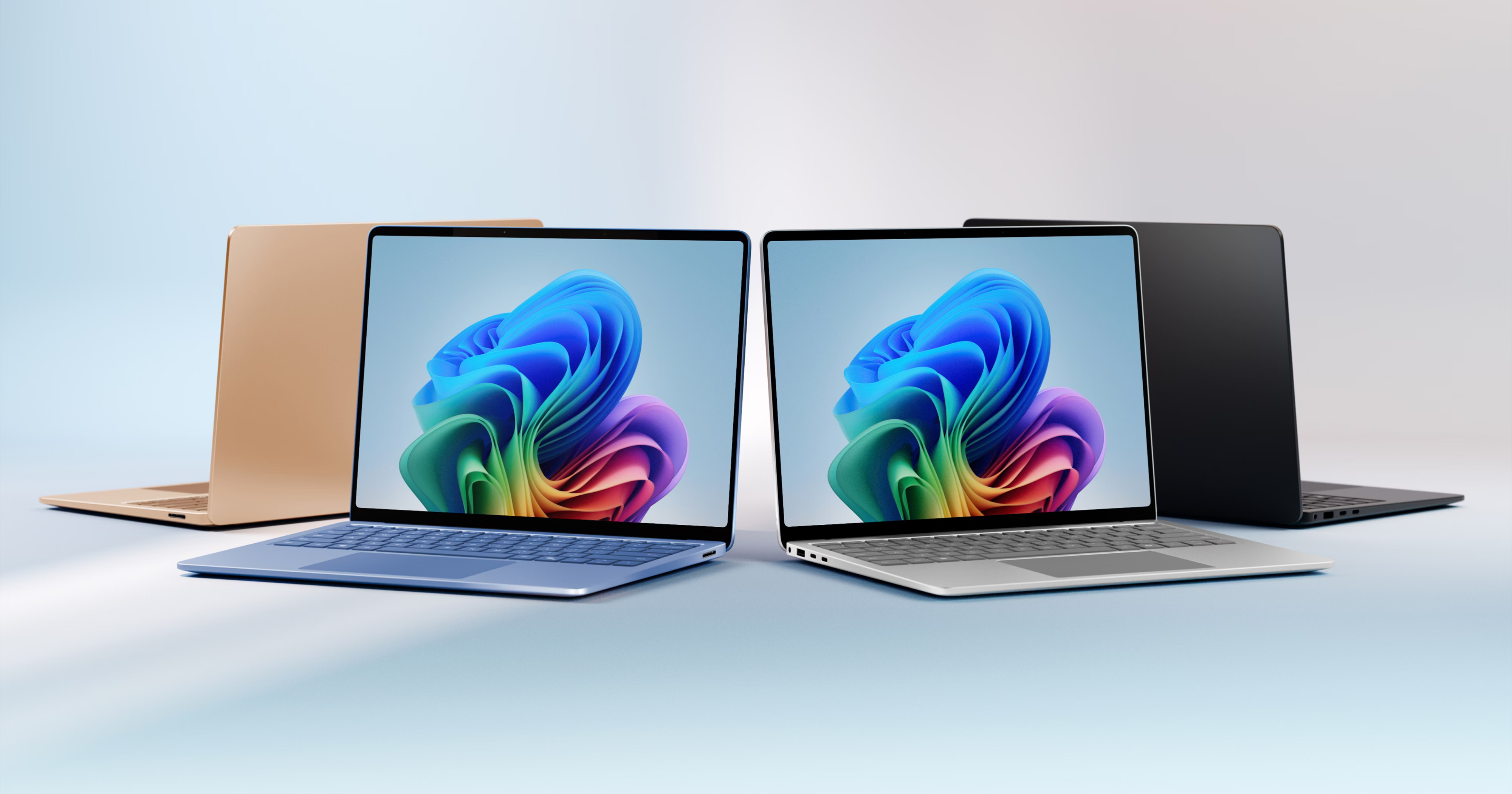
At its Surface event scheduled for May 6th next week, Microsoft is expected to unveil two new compact offerings under its Surface Pro and Surface Laptop families, according to WinFuture. It's important to note that these smaller variants are not a new generation, but rather expand the existing Surface Pro 11 and Surface Laptop 7 product lines. Information about technical details, pricing, and availability remains in the dark, but Microsoft is expected to reveal more on Tuesday.
Microsoft offers a range of Surface devices, designed for various use cases. The Surface Pro family features 2-in-1 tablets that can function both as a tablet and a laptop with the detachable keyboard (purchased separately). The Surface Laptop series, on the other hand, sticks to the basics with a traditional clamshell laptop form factor.
Starting in June 2024, Microsoft revealed the Surface Laptop 7 (15-inch and 13.8-inch) and Surface Pro 11 (13-inch) families, initially equipped with Qualcomm's Arm-based Snapdragon X chips, for the mainstream. Variants with Intel's Lunar Lake followed, targeted towards business users.
12-inch version of the Surface Pro 11
Microsoft is reportedly extending these product lines with compact offerings, starting with a 12-inch version of the Surface Pro 11. In terms of display, we're looking at a PixelSense Flow LCD panel (likely IPS), though the refresh rate has not been specified. Under the hood, it reportedly features the Snapdragon X Plus X1P-42-100 SoC with 8 Oryon cores, along with a 45 TOPS capable Hexagon-based NPU.
The SoC is connected with 16GB of LPDDR5x memory (likely 8448 MT/s), which is non-expandable. The laptop is expected to be available in 256GB and 512GB storage capacities, supplied by a UFS-based solution, which, unlike SSDs, is not upgradable. Microsoft claims 16 hours of local video playback, but real-world usage will vary. The leaked press slides only mention two USB Type-C ports for data transfer, charging, and hooking up external displays.
13-inch version of the Surface Laptop 7
Similarly, the Surface Laptop 7 lineup is reportedly expanding with a 13-inch variant, complementing the existing 13.8-inch and 15-inch options. Display-wise, Microsoft will continue to use a PixelSense Flow LCD panel, but the refresh rate has reportedly been lowered from 120 Hz to 60 Hz. Just like the new Surface Pro model, this device also, allegedly, uses the same 8-core Snapdragon X Plus X1P-42-100 SoC from Qualcomm, with 16GB of RAM and 256GB/512GB of UFS-based storage.
These laptops are said to use an Island-style keyboard with a glass trackpad. Windows Hello login is facilitated by a built-in fingerprint reader next to the keyboard. The port selection is quite limited, with two USB 3.2 Type-C ports, a single USB Type-A port, and a 3.5m jack, with no Surface Connect port.
Stay On the Cutting Edge: Get the Tom's Hardware Newsletter
Get Tom's Hardware's best news and in-depth reviews, straight to your inbox.
According to the source, neither of the two new offerings will come with a charging brick included. Users will need to use their own PD-compliant chargers capable of supplying at least 27W of power. We can expect to learn more about pricing and availability from Microsoft at their Surface event on Tuesday.
Follow Tom's Hardware on Google News to get our up-to-date news, analysis, and reviews in your feeds. Make sure to click the Follow button.

Hassam Nasir is a die-hard hardware enthusiast with years of experience as a tech editor and writer, focusing on detailed CPU comparisons and general hardware news. When he’s not working, you’ll find him bending tubes for his ever-evolving custom water-loop gaming rig or benchmarking the latest CPUs and GPUs just for fun.
-
Alvar "Miles" Udell What people want: A Surface Laptop device that matches or exceeds the MacBook Air in price, performance, and battery life.Reply
What Microsoft gives: A Surface Laptop that's slower, smaller, and more expensive than the Macbook Air. -
bit_user Reply
At the entry-level, Apple can always hit a lower price point. What you have to look at is how the pricing compares, further up the range. As soon as you configure a Mac above the base specs, it very quickly gets very expensive.Alvar Miles Udell said:What people want: A Surface Laptop device that matches or exceeds the MacBook Air in price, performance, and battery life.
What Microsoft gives: A Surface Laptop that's slower, smaller, and more expensive than the Macbook Air.
Also, MS really can't do much about Snapdragon X. It's a first-gen part made on an older process node (TSMC N4). So, as far as performance goes, they're pretty much stuck waiting until Qualcomm gets the next gen laptop parts out, which are actually based on 3rd gen CPU cores and hopefully use a more similar process node to what Apple will be on. -
Alvar "Miles" Udell Replybit_user said:At the entry-level, Apple can always hit a lower price point. What you have to look at is how the pricing compares, further up the range. As soon as you configure a Mac above the base specs, it very quickly gets very expensive.
Also, MS really can't do much about Snapdragon X. It's a first-gen part made on an older process node (TSMC N4). So, as far as performance goes, they're pretty much stuck waiting until Qualcomm gets the next gen laptop parts out, which are actually based on 3rd gen CPU cores and hopefully use a more similar process node to what Apple will be on.
They don't have to use Snapdragon and ARM, I think most people would prefer they just go back to x86 and Intel. Asus and Lenovo, among others, have released x86 laptops with extraordinary battery life and performance and great displays, TomsHardware has reviewed several of them. The problem is that Microsoft charges a premium for Surface devices. Compare a Surface Laptop 7 against the, say, ASUS 15.6" Vivobook S
https://www.bhphotovideo.com/c/product/1870663-REG/asus_m5506wa_ds96_15_6_vivobook_s_oled.html/specs
$1300 for the ASUS and you get a 12 core AMD CPU, long battery life (17 hours quoted), an OLED screen, 32GB RAM, and 1TB SSD. The cheapest Surface Laptop 7 with the same specs except LCD screen and Snapdragon CPU is $1800. There's no reason Microsoft can't match those specs or even the price, they just want to charge a large markup, and that's a huge problem. -
Mr Majestyk Reply
Honestly, why not just wait for Qualcomm to release Elite 2 before even bothering with the Surface 12". This is so late in the cycle, they probably could launch next gen ARM in 6 months.bit_user said:At the entry-level, Apple can always hit a lower price point. What you have to look at is how the pricing compares, further up the range. As soon as you configure a Mac above the base specs, it very quickly gets very expensive.
Also, MS really can't do much about Snapdragon X. It's a first-gen part made on an older process node (TSMC N4). So, as far as performance goes, they're pretty much stuck waiting until Qualcomm gets the next gen laptop parts out, which are actually based on 3rd gen CPU cores and hopefully use a more similar process node to what Apple will be on. -
bit_user Reply
I don't track the Surface product line, so it's news to me if they left x86 completely. I think that, for a good while, they were selling both.Alvar Miles Udell said:They don't have to use Snapdragon and ARM, I think most people would prefer they just go back to x86 and Intel.
How do size & weight compare? Just curious.Alvar Miles Udell said:$1300 for the ASUS and you get a 12 core AMD CPU, long battery life (17 hours quoted), an OLED screen, 32GB RAM, and 1TB SSD. The cheapest Surface Laptop 7 with the same specs except LCD screen and Snapdragon CPU is $1800. -
cerata Reply
Haha, in Australia they charge $3400 AUD for that configuration. Now, that includes GST, while the US price omits sales tax. Even then, at current exchange rates they're overcharging us by about $200 USD.Alvar Miles Udell said:The problem is that Microsoft charges a premium for Surface devices.
…
The cheapest Surface Laptop 7 with … is $1800.
The low-end configurations are even worse. $1900 AUD for a config with an X Plus chip, 16 GB RAM and 256 GB SSD. That's about $320 USD more than their $800 USD price.
They do still sell x86 Surface laptops, e.g. Lunar Lake ones. They just try to hide them from the general public under their webstore's "Small Business" section, but AFAIK you don't need to actually be a business customer to buy one.bit_user said:I don't track the Surface product line, so it's news to me if they left x86 completely. I think that, for a good while, they were selling both. -
Alvar "Miles" Udell Replybit_user said:I don't track the Surface product line, so it's news to me if they left x86 completely. I think that, for a good while, they were selling both.
How do size & weight compare? Just curious.
ASUS: 15.6" screen, 3.31lbs, 13.92"x9.72"x0.63"
Surface Laptop 7 15": 15" screen, 3.66lbs, 13"x9.4"x0.72"
Basically the same.
